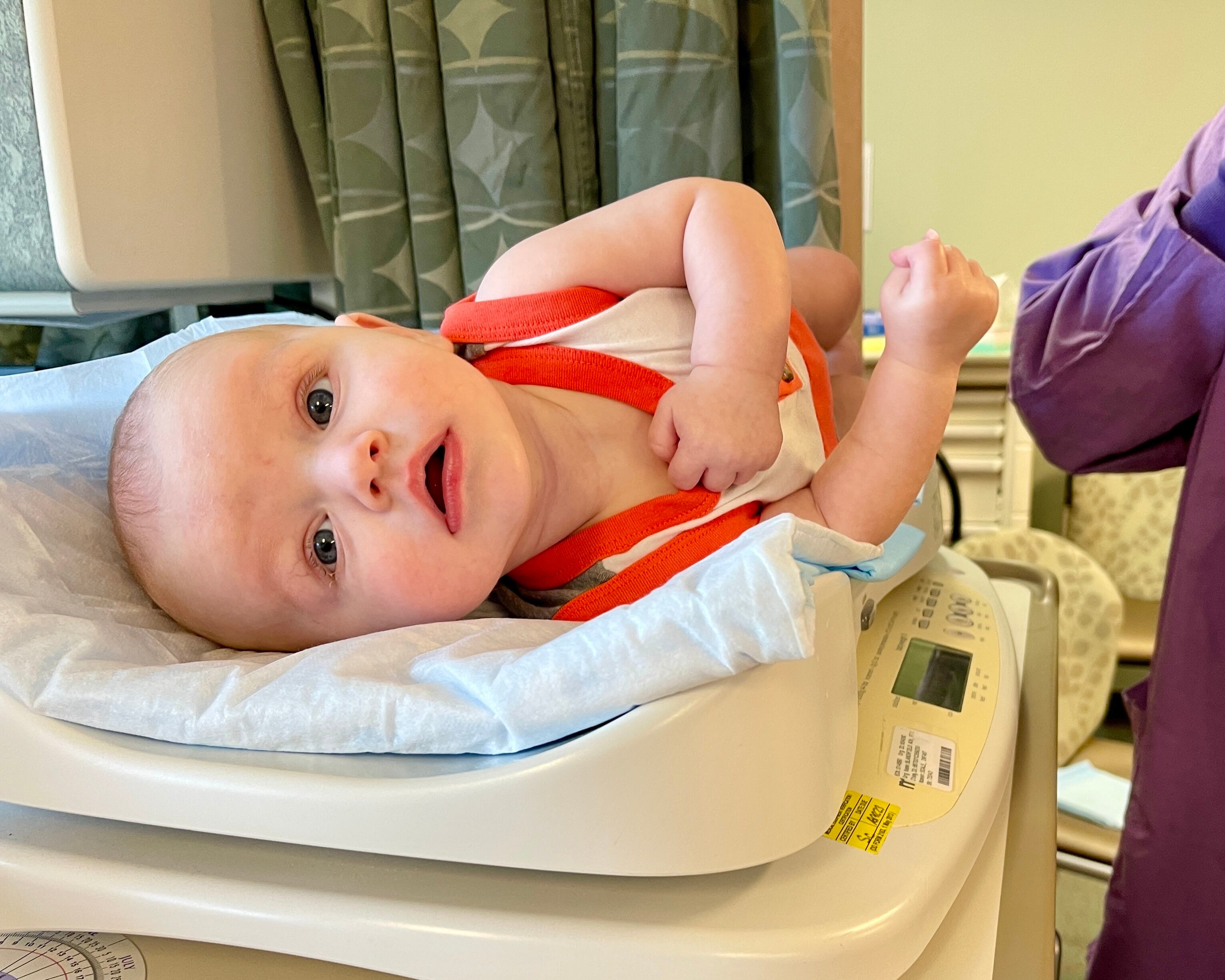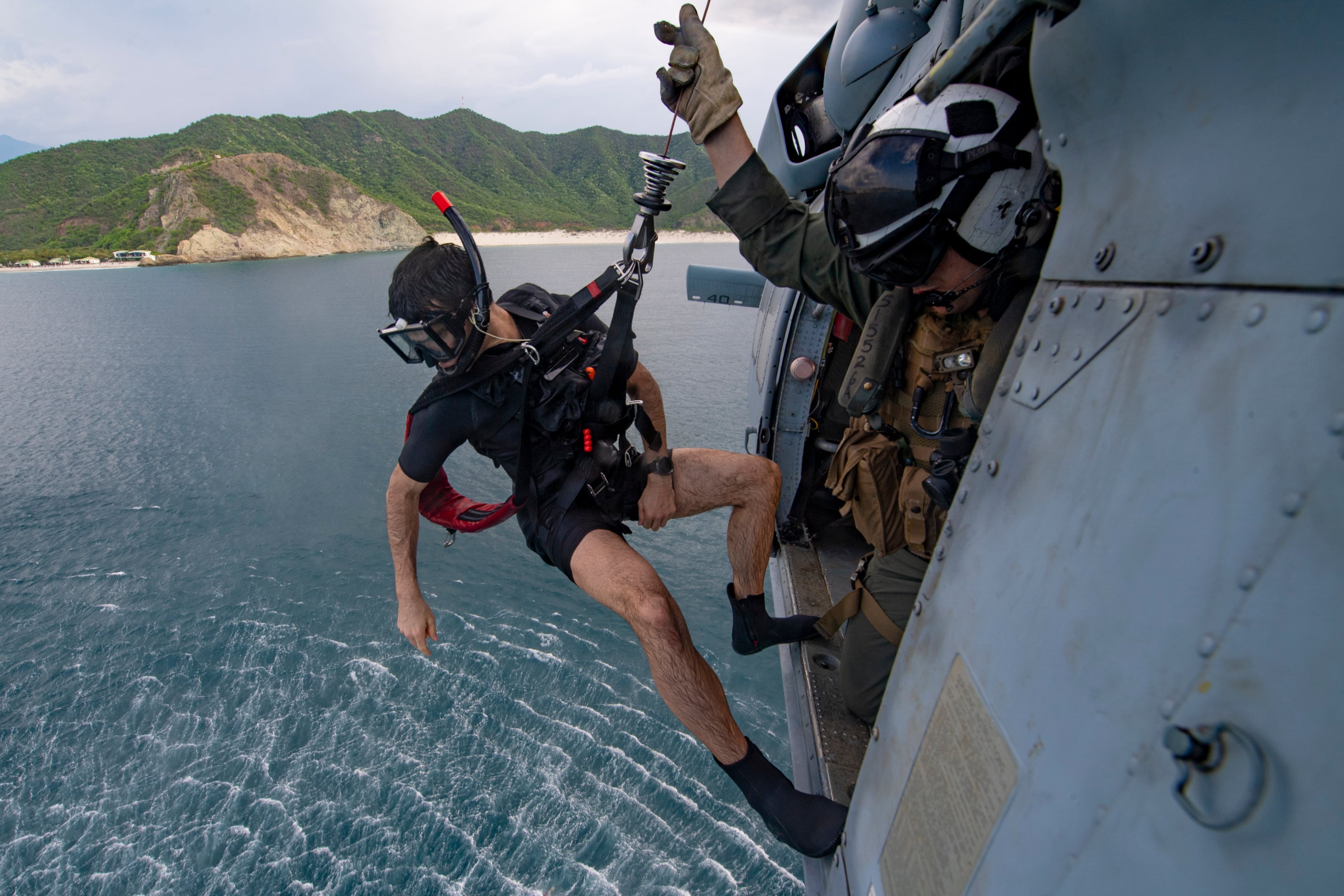This year, chiefs can breath a little easier.
The personnel brassNavy personnel officials have decided not to convene a force-retire board for chiefs, senior chiefs and master chiefs this year, which typically screens thousands of records for conduct problems and diminishing performance. Thousands of retirement-eligible E-7’s through E-9’s will get a year’s breather from annual career scrutiny as Navy personnel officials have cancelled this year’s Senior Enlisted Continuation board.
The Ffiscal 2017 senior enlisted continuation board, slated for August, was nixed because officials had too little time would have elapsed since last year's panel, held in December. That panel was held in early December, 2015 and the results were released in January. The decision was made by Chief of Naval Personnel Vice Adm. Bill Moran, who conferred with the chief of Naval Personnel after getting a thumbs up from Master Chief Petty Officer of the Navy (AW/NAC) Mike Stevens.
The cancellation was announced by Fleet Master Chief (AW/SW) April Beldo in an email note to MCPON's leadership mess.
"It really doesn’t hurt anything to wait a year, so this was a situation where common sense prevailed," Fleet Master Chief (AW/SW) April Beldo told Navy Times April 25. "These sailors all just got a good look and not much, if anything, would change in their records before this board would have convened."
StillBut, she said, the service is not walking away from the enlisted continuation board process, which has no quotas and is seen as a pure "quality cut" to ensure these retirement-eligible chiefssailors are still performing up to the standard.
"The board will be back in August of 2017 as the fiscal 2018 board," she said.
The cancellation is really the final domino coming out of the four-month postponement of the fiscal 2016 board. Originally slated for last August 2015, the board was put off until December after officials discovered names of the scheduled board members had been even in inadvertently released via email in July.
By Navy rules, the release of board members' names before the board begins its session compromises the panel. is actually is in session, compromises that panel of sailors. The extra months were required to identifyfind a new panel and get them to Millington, Tennessee.
It will be only the second year since the board was created in 2010 that it hasn't been held. The fiscal 2014 board was cancelled and not rescheduled for similar reasons.
The extra time could become a good thing for retirement eligible chief’s with any questionable material in their records.
Each year it has been held, the board looks at all E-7 and above sailors with over more than 19 years of qualifying service towards retirement — who havealready have three years of time in their current paygrade.
In the precepts of all Past boards have told the panel to board members are told to look for specific "indicators" of an issue like misconduct or failing performance in the past five years of a chief's career. The board typically looks for dropping performance or misconduct in a chief's record. If that's found, the board deliberates on whether that chief stays or goes.
And despite any rumors to the contrary, just because misconduct is found isn't a guarantee a sailor will be retired. The board is directed to look deep and determine if that performance or misconduct is enough to send them home.
So the extra year’s time will aid any chiefs will problem to get back on track could help a lot of sailors who want to continue on in the Navy’s collective I’ve chief’s mess bring up their evaluations and or put distance between themselves and adversarial material in their service jackets.
The board has typically reviewed over 7,000 chiefs' records, of whom two to three percent have been forced into retirement. Over the six past boards held over the last seven years, an average of 7,425 E-7 through E-9 sailors have had their records reviewed each year the board has been held sending a total of 1,761 active, full-time support and selected reservists into retirement — somewhere between two and three percent each year.
Mark D. Faram is a former reporter for Navy Times. He was a senior writer covering personnel, cultural and historical issues. A nine-year active duty Navy veteran, Faram served from 1978 to 1987 as a Navy Diver and photographer.










